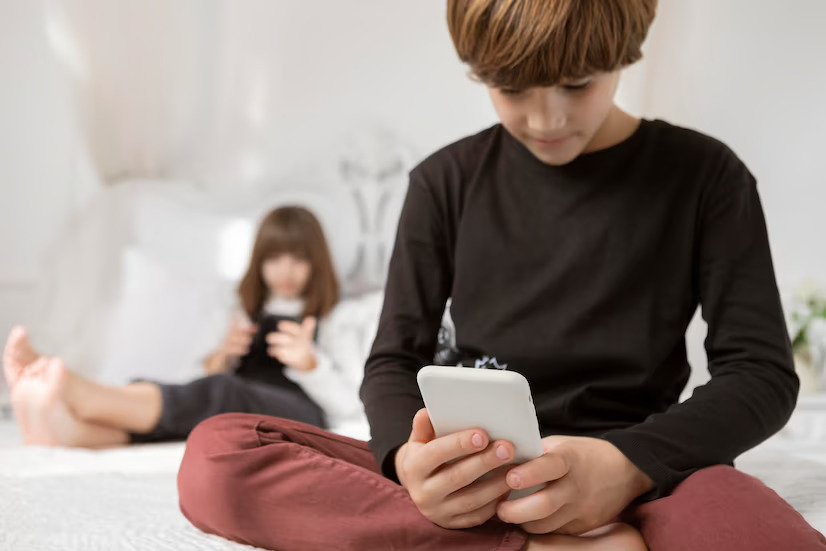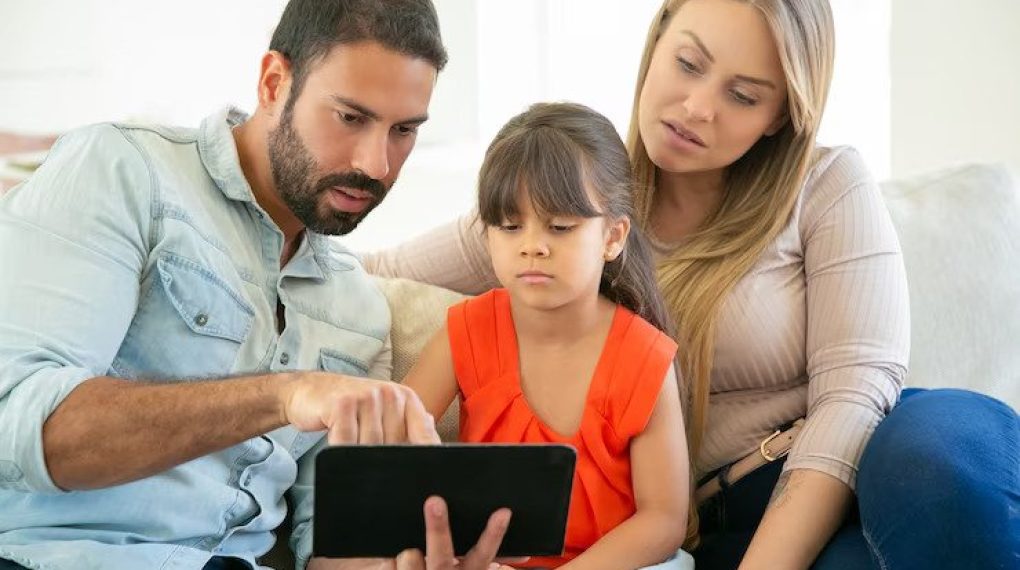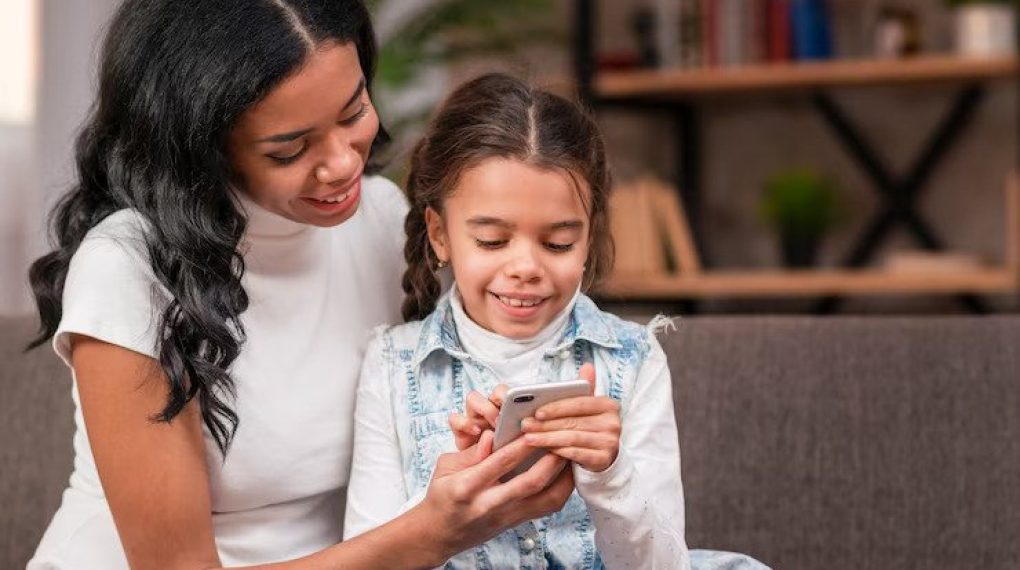
In an increasingly digital world, the need to protect children from the potential risks of the internet has become paramount. Parental controls have emerged as a valuable tool in promoting online safety and responsible digital behavior.
In this article, we will explore real-life case studies that highlight how parental controls have made a significant difference in safeguarding children, fostering healthy online experiences, and mitigating potential dangers.
Case Study 1: Filtering Inappropriate Content

Sarah, a mother of two, was concerned about her 10-year-old daughter Emily’s online activities. She installed parental control software that allowed her to filter inappropriate content based on age-appropriate settings.
The software called eyeZy (not familiar with this app? Read here for eyeZy reviews) effectively blocked access to explicit material and restricted Emily’s exposure to violent or mature content. Sarah noticed that Emily’s online experiences became safer and more suitable for her age, providing her with peace of mind as a parent.
Case Study 2: Preventing Cyberbullying
John, a father of a teenager named Ethan, implemented parental controls with a focus on social media monitoring. Ethan had been facing cyberbullying incidents that affected his self-esteem and overall well-being.
By using parental control features, John was able to monitor Ethan’s social media interactions, detect potential signs of cyberbullying, and address the issue promptly. The parental controls provided a layer of protection and allowed for open conversations about responsible online behavior, ultimately putting an end to the cyberbullying and ensuring Ethan’s mental well-being.
Case Study 3: Managing Screen Time

Lisa, a working mother, was concerned about her 8-year-old son, Alex, spending excessive time in front of screens. She implemented parental control features that allowed her to set time limits and schedules for device usage. The controls automatically restricted access to certain applications and websites once the allocated time was reached.
Lisa noticed a positive change in Alex’s behavior as he started engaging in other activities, such as outdoor play, reading, and spending quality time with the family. The parental controls not only regulated screen time but also encouraged a healthier balance between digital and offline activities.
Case Study 4: Addressing Online Predators
Mark and Jenny, parents of a 14-year-old girl named Olivia, were concerned about the potential risks of online grooming and predatory behavior. They implemented parental controls that monitored Olivia’s online conversations and restricted access to chat rooms and messaging apps frequented by predators.
One day, the parental controls alerted Mark and Jenny of suspicious communication with an unknown individual. They immediately intervened, reported the incident to the authorities, and ensured Olivia’s safety. Parental controls played a crucial role in detecting and preventing a potentially dangerous situation.
Case Study 5: Enhancing Digital Literacy
Maria, a teacher, implemented parental controls on her classroom devices to promote responsible digital behavior among her students. By filtering inappropriate content and restricting access to distracting websites, parental controls helped create a focused and safe digital learning environment.
Students became more aware of their online activities and developed essential digital literacy skills. The parental controls served as an educational tool, teaching students about responsible internet use and equipping them with the knowledge to navigate the online world safely.
Case Study 6: Protecting Younger Siblings

In a household with multiple children, parental controls can also play a crucial role in protecting younger siblings from inadvertently accessing unsuitable content. Emma, an older sister, installed parental control software on her devices to ensure that her younger brother, Liam, had a safe online experience.
The controls restricted Liam’s access to mature or explicit content, preventing accidental exposure and allowing him to explore the internet within age-appropriate boundaries.
These real-life case studies demonstrate the tangible benefits and impact of parental controls in safeguarding children’s online experiences. From filtering inappropriate content and preventing cyberbullying to managing screen time and addressing online predators, parental controls have proven to make a significant difference in promoting online safety and responsible digital behavior.
These case studies emphasize the importance of parental involvement and proactive measures to protect children in the digital landscape. By implementing parental controls, parents can create a safer online environment and provide children with the necessary guidance and boundaries.
However, it is important to note that parental controls should not replace open communication and education about online safety. They should be seen as a complementary tool that works in conjunction with ongoing discussions and teaching children about responsible internet use.
To maximize the effectiveness of parental controls, it is crucial for parents to stay informed about the latest technologies, platforms, and applications that children are using. Regular monitoring and customization of the controls based on the child’s age and needs are key to ensuring their efficacy. Additionally, a positive and supportive approach that reinforces responsible online behavior can further enhance the impact of parental controls.
It is worth mentioning that parental controls are not infallible and may have limitations. New content is constantly being generated, and there is a possibility of false positives or content slipping through the filters. Therefore, parental controls should be viewed as part of a comprehensive approach to online safety, which includes ongoing vigilance, education, and fostering an environment of trust and communication.
To sum it up, these real-life case studies demonstrate the tangible benefits and effectiveness of parental controls in promoting online safety, filtering inappropriate content, preventing cyberbullying, managing screen time, addressing online predators, and enhancing digital literacy.
By leveraging the power of parental controls alongside open communication and education, parents can create a safer and more secure digital environment for their children. It is essential to empower children with the knowledge and skills to navigate the online world responsibly, while parents provide guidance, support, and active involvement in their digital lives. Together, we can ensure that children have positive and enriching experiences while staying protected in the digital age.
Read Also:






